Akış ölçümü söz konusu olduğunda, genellikle iki temel kavram devreye girer: kütlesel akış hızı ve hacimsel akış hızı. Bu terimler petrol ve gaz, kimyasal işleme, su arıtma ve HVAC (ısıtma, havalandırma ve iklimlendirme) sistemleri dahil olmak üzere çeşitli sektörlerde çok önemlidir. Bu kavramları anlamak ve aralarında nasıl dönüşüm yapılacağını bilmek, akışkan sistemleriyle çalışan profesyoneller için çok önemlidir.
İçindekiler
Related Posts
Kütle akış hızı nedir?
Kütle akış hızı Birim zamanda bir sistemde belirli bir noktadan geçen kütle miktarını ifade eder. Birçok endüstriyel proseste, özellikle de gazların, sıvıların veya partiküllü katıların transferini içeren proseslerde çok önemli bir parametredir. Kütle akış hızı tipik olarak saniye başına kilogram (kg/s), dakika başına gram (g/dk) veya saat başına pound (lb/h) gibi birimlerle ifade edilir.
Kütle Akış Hızı Formülü
Kütle akış hızı aşağıdaki formül kullanılarak hesaplanabilir:

Kütlesel Akış Oranının Önemi
Kütlesel akış hızı, maddenin kütlesinin hacminden daha önemli olduğu uygulamalarda çok önemlidir. Örneğin:
- Kimyasal Reaksiyonlar: Kimyasal süreçlerde reaksiyonlar tipik olarak hacim yerine kütleye dayanır.
- Yanma Sistemleri: Tüketilen yakıt kütlesi, yanma sistemlerindeki enerji çıkışını belirler.
- Kalite Kontrol: Gıda işleme gibi sektörlerde, doğru bileşen kütlesinin sağlanması ürün tutarlılığı için hayati önem taşır.
Kütle akış hızının anlaşılması ve kontrol edilmesi, çeşitli endüstriyel proseslerde verimlilik, güvenlik ve ürün kalitesinin sağlanmasına yardımcı olur.
Volumetrik Akış Hızı Nedir?
Hacimsel akış hızı, bir sistemdeki belirli bir noktadan birim zamanda geçen akışkan hacmini ifade eder. Bu ölçüm, su dağıtım sistemleri, HVAC sistemleri ve yakıt transfer süreçleri gibi akışkan hacminin kritik bir faktör olduğu uygulamalarda çok önemlidir. Hacimsel akış hızı tipik olarak saniye başına metreküp (m³/s), dakika başına litre (L/dak) veya saat başına galon (GPH) gibi birimlerle ifade edilir.
Hacimsel Akış Hızı Formülü
Hacimsel akış hızı aşağıdaki formül kullanılarak hesaplanabilir:

Hacimsel Debi Oranının Önemi
Hacimsel akış hızı, akışkan hacminin kontrol edilmesi veya ölçülmesi gereken senaryolarda özellikle önemlidir.
Örneğin:
Su Arıtma: Su arıtma tesislerinde doğru hacimsel akış hızının korunması, uygun filtreleme ve kimyasal dozajlamayı sağlar.
Sulama Sistemleri: Tarımda hacimsel debi, su dağıtımının verimli bir şekilde yönetilmesine yardımcı olur.
HVAC Sistemleri: HVAC sistemlerinde doğru hacimsel hava akış hızının sağlanması, iç mekan hava kalitesi ve konforunun korunması için çok önemlidir.
Hacimsel akış hızının kontrol edilmesi, çeşitli endüstrilerdeki akışkan sistemlerinin performansını ve verimliliğini optimize etmek için gereklidir.
Kütlesel akış hızı ile hacimsel akış hızı arasındaki farklar
Hacimsel akış hızının kontrol edilmesi, çeşitli endüstrilerdeki akışkan sistemlerinin performansını ve verimliliğini optimize etmek için gereklidir.
1. Ölçüm Odağı
- Kütle Akış Hızı: Birim zamanda bir noktadan geçen akışkan kütlesini ölçer.
- Hacimsel Akış Hızı: Birim zamanda bir noktadan geçen akışkan hacmini ölçer.
2. Birimler
- Kütle Akış Hızı: Genellikle saniye başına kilogram (kg/s), dakika başına gram (g/dk) veya saat başına pound (lb/h) olarak ifade edilir.
- Hacimsel Akış Hızı: Genellikle saniye başına metreküp (m³/s), dakika başına litre (L/dak) veya saat başına galon (GPH) olarak ifade edilir.
3. Akışkan Yoğunluğuna Bağımlılık
- Kütle Akış Hızı: Doğrudan akışkanın yoğunluğuna bağlıdır. Belirli bir hacimsel akış hızı için, daha yoğun bir akışkan daha yüksek bir kütle akış hızına sahip olacaktır.
- Hacimsel Akış Hızı: Akışkan yoğunluğundan bağımsızdır. Sadece akışkanın hızına ve akışın kesit alanına bağlıdır.
4. Uygulamalar
- Kütle Akış Hızı: Kimyasal reaksiyonlar, yakıt tüketimi ve kalite kontrolü gibi bir maddenin kütlesinin hassas bir şekilde kontrol edilmesi veya ölçülmesi gereken süreçlerde çok önemlidir.
- Hacimsel Akış Hızı: Su dağıtımı, HVAC sistemleri ve sulama gibi sıvı hacminin birincil öneme sahip olduğu uygulamalarda önemlidir.
Kütle akış ölçerler ve Volumetrik akış ölçerler
Kütle akış ölçer örnekleri:
- Coriolis akış ölçerler
- Termal kütle akış ölçerler
Volumetric flow meter examples:
- Manyetik akış ölçerler
- Vorteks akış ölçer
- Türbin akış ölçerler
- Orifis ölçerler
- Venturi sayaçları
- Ultrasonik akış ölçerler
Hacimsel akış hızı kütlesel akış hızına nasıl dönüştürülür?
Kütle akış hızını hesaplamak için kütledeki değişimi zamandaki değişime bölün: dm/dt = (m_2 - m_1) = (t_2 - t_1).
Hacimsel akış hızı verildiyse, akışkanın yoğunluğu ile hacimsel akış hızı çarpılarak kütlesel akış bulunabilir: Q * yoğunluk.

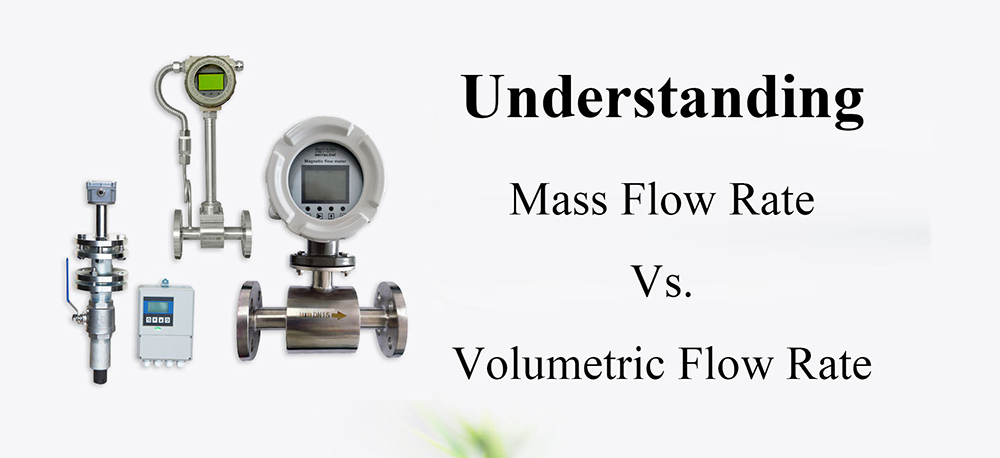
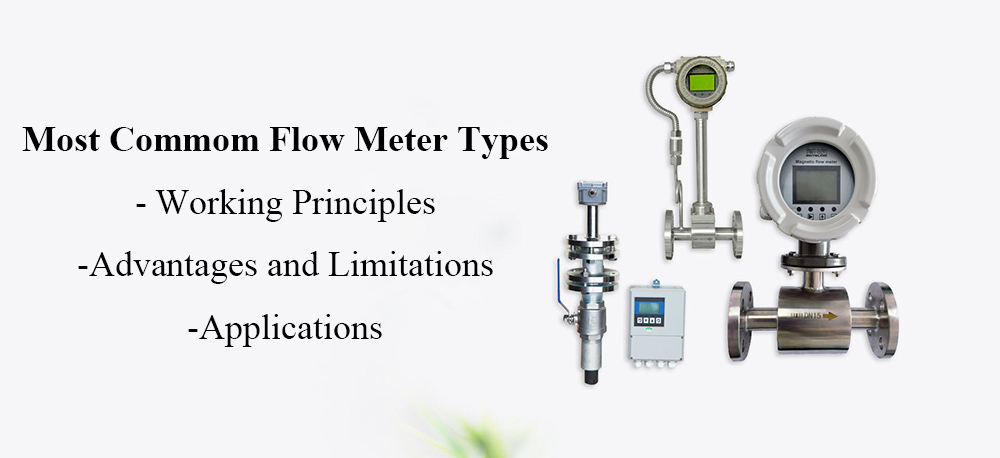

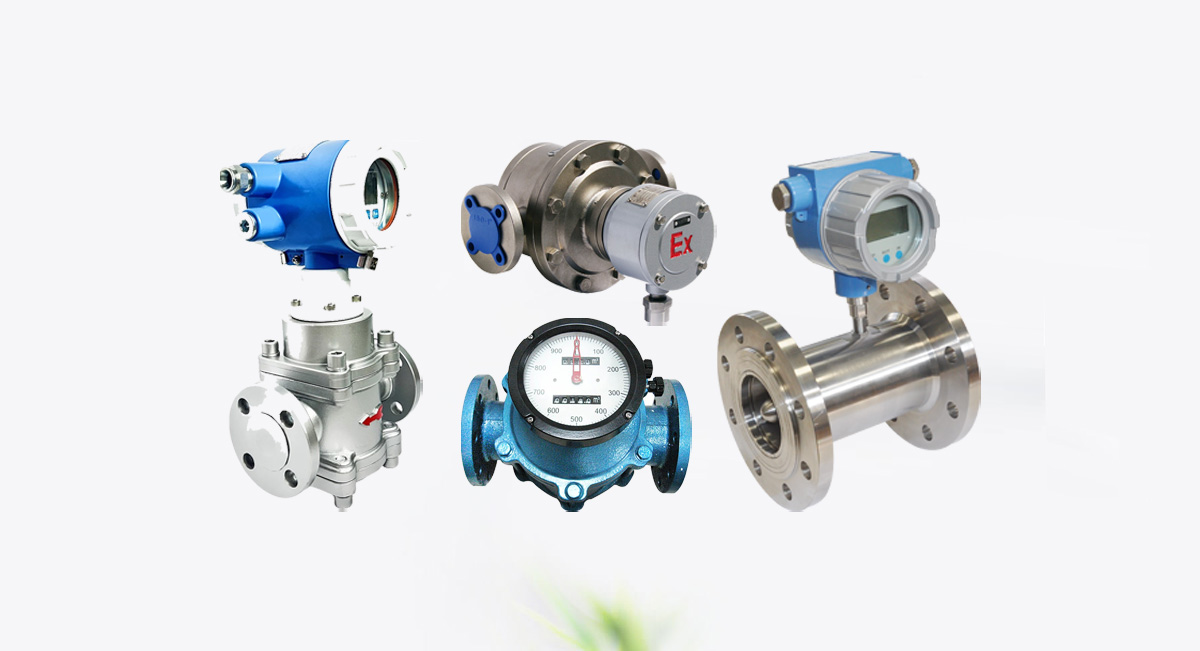
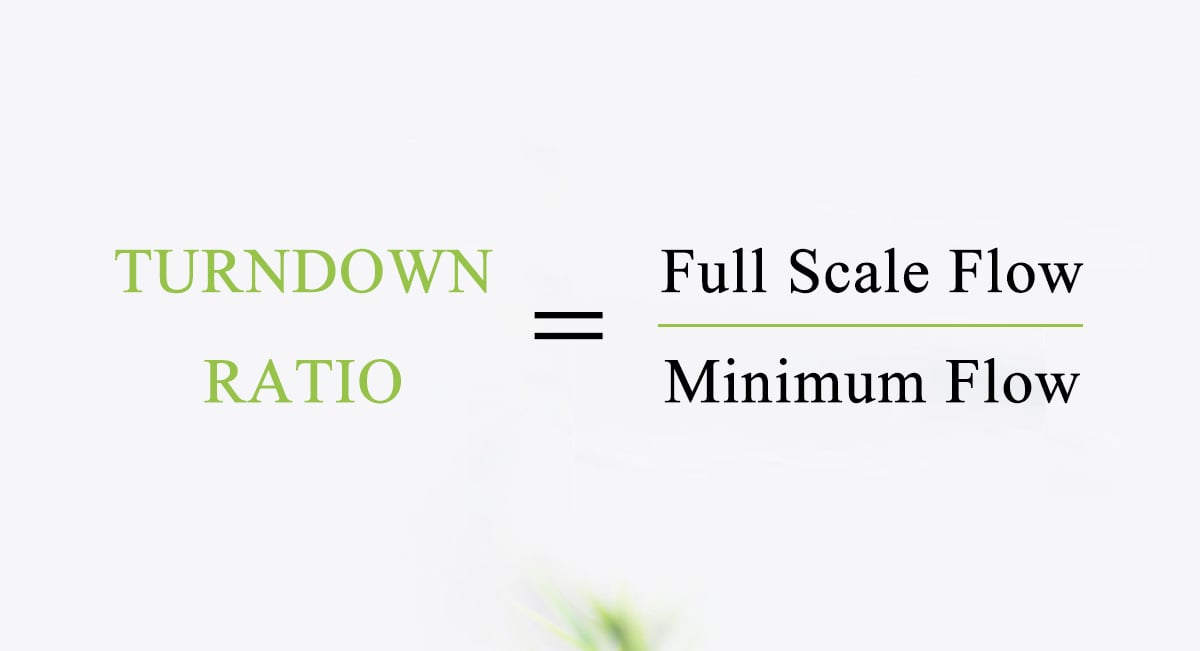
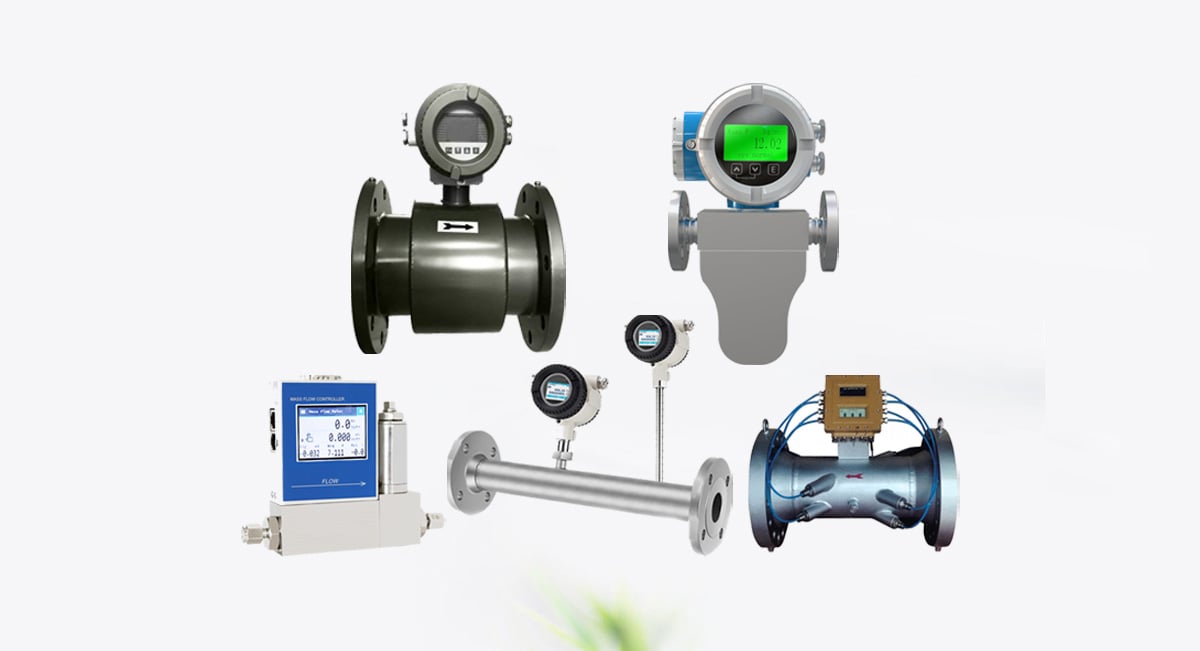
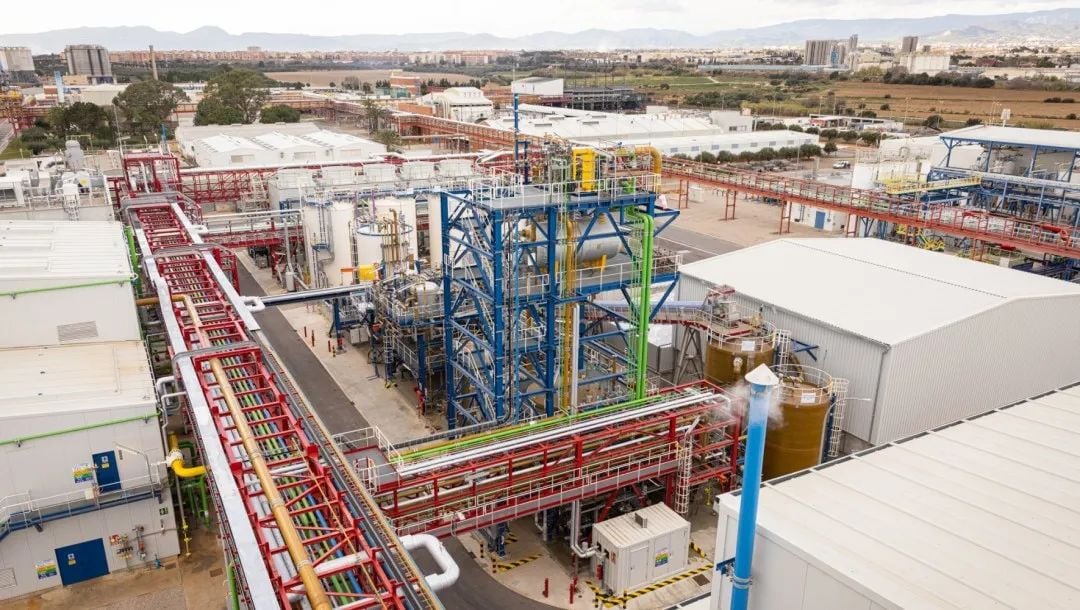

Bir yorum bırakın